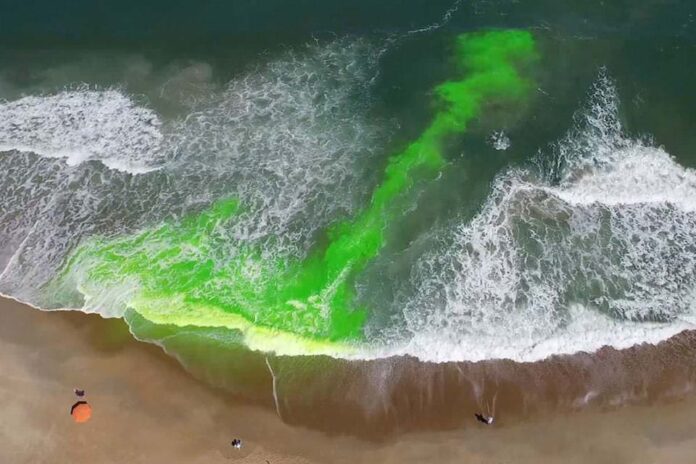In a bid to combat the ongoing issue of drowning deaths along the Australian coastline, Surf Life Saving Australia has launched a sobering safety campaign highlighting the serious dangers of rip currents – and according to figures, it’s young men who are most at risk of losing their lives.
‘The Facts about Rip Currents’ campaign will bust some common myths associated with beach safety and will run across national television, radio, newspapers, outdoor, online and mobile media ahead of summer.
These myths include the perception that it’s only tourists who get caught in rips, that rips only take the lives of poor swimmers, or that competent swimmers know how to spot a rip.
In fact, according to research** –
- Only 15% of people who drown in rips are international visitors;
- It’s young men aged 15-39 years who are most likely to get caught and die in rips and;
- Two out of three people who think they can identify a rip can’t.
Rips are the number one danger swimmers face when enjoying a day at the beach. Surprisingly, more people drown in rips each year than deaths from shark attacks, floods and cyclones combined***.
Andy Kent, Lifesaving Manager at Surf Life Saving NSW, says this campaign is predominately targeting men who think they already know how to spot and escape a rip.
“All too often young men have an attitude of over-confidence and run into the waves before checking to see what the ocean conditions are doing. They get into trouble because they either haven’t checked for rips, can’t identify a rip and underestimate the strength of these currents, they swim after patrols finish or at unpatrolled beaches.”
With this in mind, Andy Kent advised, “It’s really important that people know what to do if they find themselves caught in a rip. There are three options:
- Raise an arm and call out for help, or
- Float with the current, it may return you to a shallow sandbank, or
- Swim parallel to the beach or towards the breaking waves, you may return to shore.
If what you’re doing isn’t working, re-assess the situation and try one of the other options”.
Surf Life Saving’s clear message this summer is: Don’t Risk the Rip. If in doubt, ask a surf lifesaver about an alternative place to swim and where possible swim at a patrolled beach between the red and yellow flags.
Visit beachsafe.org.au to find out what you don’t know about rips.

